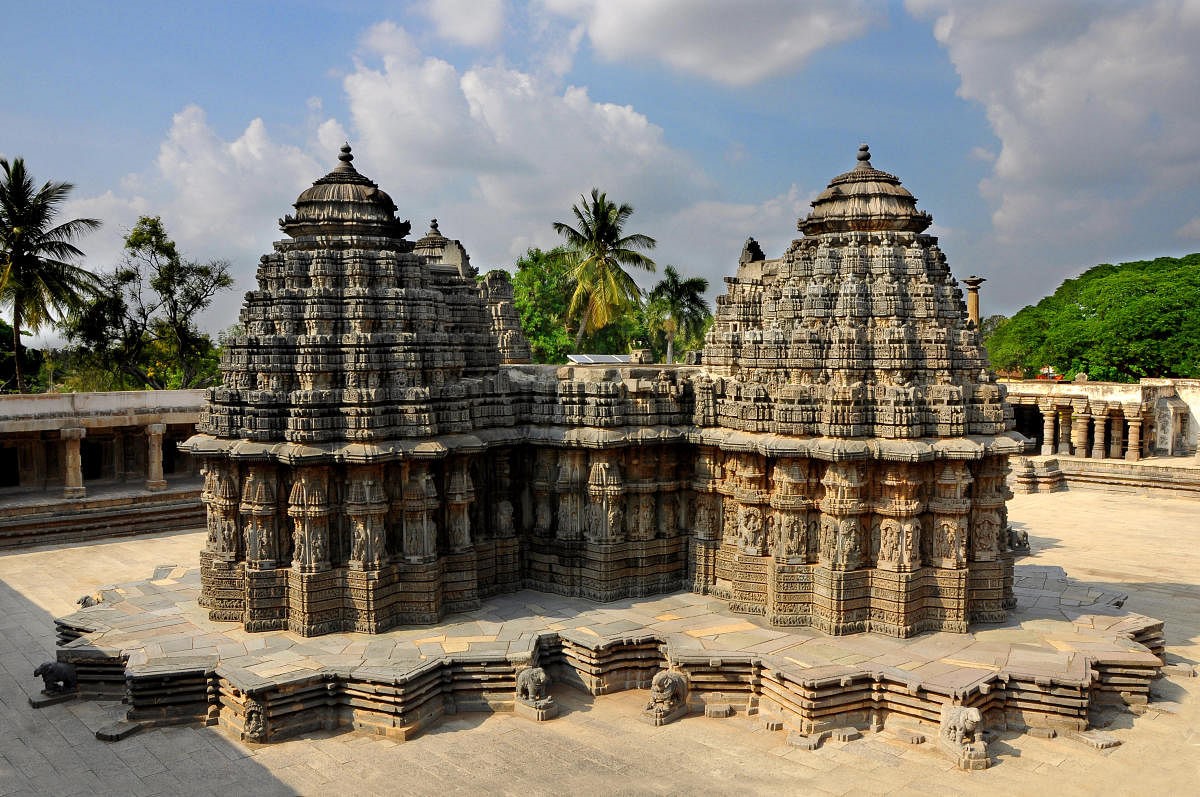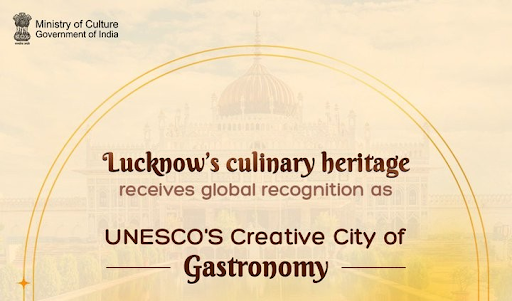Description

Disclaimer: Copyright infringement not intended.
Context
- The magnificent Sacred Ensembles of the Hoysalas have been inscribed on the UNESCO World Heritage List.
Details
- The Hoysala dynasty, which ruled over parts of present-day Karnataka, India, from the 10th to the 14th centuries, left behind a rich legacy of art, architecture, and culture.
- Among their notable contributions are the exquisite temple complexes known as "sacred ensembles."
- These ensembles are characterized by their intricate sculptures, unique architectural features, and religious significance.
Historical Background
- The Hoysala dynasty, founded by King Nripa Kama II, rose to prominence in the 10th century in the southern Deccan region of India.
- They ruled from their capital, Dwarasamudra (modern-day Halebidu), and later shifted it to Belur.
- The Hoysalas were devout followers of Vaishnavism and Shaivism, two major sects of Hinduism, and their patronage of temples and art reflected their religious fervor.
Architecture of Hoysala Sacred Ensembles
The Hoysala sacred ensembles are renowned for their unique architectural style, which combines elements of North Indian Nagara and South Indian Dravidian styles with distinctive Hoysala features. Here are key architectural aspects:
- Star-Shaped Temples: Hoysala temples typically have a star-shaped ground plan, called "stellate," which is characterized by multiple protruding points. The most famous examples of this design can be seen in the Chennakesava Temple in Belur and the Hoysaleswara Temple in Halebidu.
- Intricate Sculptures: One of the most striking features of Hoysala temples is their intricate and detailed sculptures. These sculptures adorn the outer walls and depict various scenes from Hindu mythology, daily life, and the court of the Hoysala kings. The level of craftsmanship is remarkable, with delicate filigree work and lifelike expressions.
- Lathe-Turned Pillars: Hoysala temples are known for their lathe-turned pillars, which are highly polished and display a variety of designs. Each pillar is unique and contributes to the overall aesthetic of the temple's interior.
- Deity Depictions: The main sanctum of Hoysala temples often houses a deity, and the vimana (tower) above it is intricately carved with depictions of the presiding deity or related mythological scenes. These vimanas are pyramid-like in shape and have miniature shrines on their surfaces.
- Ornate Doorways: The entranceways of Hoysala temples feature elaborately decorated door frames, with intricate carvings of deities, celestial beings, and floral motifs. These doorways are considered masterpieces of Hoysala art.

Notable Hoysala Sacred Ensembles
- Chennakesava Temple, Belur: This temple, dedicated to Lord Vishnu, is a prime example of Hoysala architecture. It is known for its stunning sculptures, particularly the bracket figures, which depict various dance poses.
- Hoysaleswara Temple, Halebidu: Dedicated to Lord Shiva, this temple is famous for its wall panel sculptures, which narrate stories from the epics, Puranas, and mythology.
- Kesava Temple, Somanathapura: Located near Mysore, this temple is another gem of Hoysala architecture, known for its exquisitely detailed and symmetrically arranged sculptures.
- Kedareshwara Temple, Halebidu: This temple features a unique style called "Vesara," which is a blend of Nagara and Dravidian styles. It's known for its twin sanctums and finely detailed carvings.
About the dynasty
Historical Overview
The Hoysala dynasty's history can be divided into the following key periods:
- Early Origins: The Hoysala dynasty is believed to have been founded by Nripa Kama I in the 10th century. They initially ruled as feudatories of the Western Ganga dynasty.
- Rise to Prominence: The Hoysalas gained prominence under King Vishnuvardhana (c. 1110–1152 CE), who established Hoysala as an independent kingdom. He shifted the capital from Belur to Halebidu (Dwarasamudra), marking a period of prosperity and cultural growth.
- Cultural Peak: The Hoysalas reached their cultural zenith during the reign of King Ballala II (c. 1173–1220 CE). This era saw the construction of some of the most exquisite temples and monuments in South India.
- Decline: In the late 13th century, the Hoysala dynasty faced invasions by the Delhi Sultanate and other regional powers, leading to their gradual decline. By the early 14th century, the dynasty had lost much of its power.
.jpg)
Conclusion
The sacred ensembles of the Hoysalas are a testament to the artistic and architectural brilliance of the dynasty. They remain iconic examples of temple architecture in India, offering a glimpse into the religious and cultural life of the Hoysala period
MUST READ ARTICLES:
https://www.iasgyan.in/daily-current-affairs/world-heritage-sites-47
|
PRACTICE QUESTION
Q. Discuss the architectural and cultural contributions of the Hoysala dynasty in South India during the medieval period. How did their unique style of temple architecture influence the cultural and religious landscape of the region? Illustrate your answer with specific examples of Hoysala temples. (250 Words)
|
https://pib.gov.in/PressReleasePage.aspx?PRID=1958651















